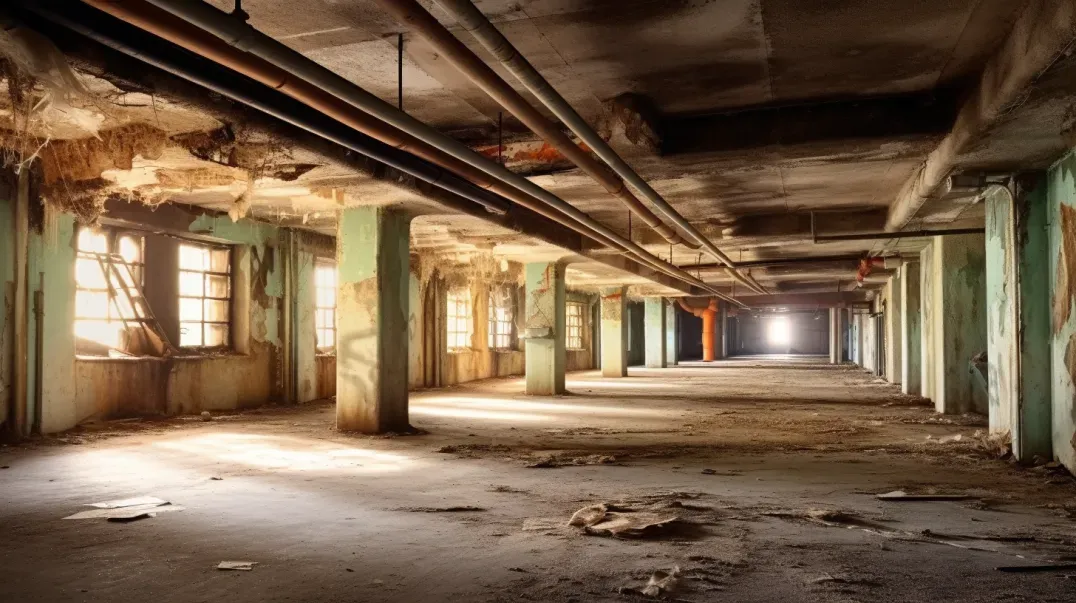
In the construction of any home, ensuring longevity and structural integrity is paramount. One of the unsung heroes in achieving this is the moisture barrier—a crucial component that plays a significant role in protecting residential buildings from the damaging effects of moisture. These barriers are specifically engineered to prevent water and vapor from infiltrating the building envelope, which can lead to structural decay, mold growth, and decreased indoor air quality.
This blog will explore the fundamental aspects of moisture barriers, detailing why they are indispensable in modern residential construction. We will examine how these barriers work to shield homes from the often harsh and invasive elements of nature, ultimately ensuring that the dwellings remain dry, energy-efficient, and comfortable over time. Join us as we delve into the vital role that moisture barriers play in safeguarding the sanctity of our homes.
Understanding Moisture Dynamics in Home Foundations
A solid understanding of moisture dynamics is essential for maintaining the integrity of home foundations. Moisture in the soil surrounding a home can significantly influence the structural health of its foundation. This section delves into the common sources of moisture and its impact on building materials, particularly those used in foundations.
Sources of Moisture in Residential Areas
Moisture can originate from various sources, each impacting the foundation in unique ways:
- Natural Soil Moisture and Seasonal Variations: Soil naturally contains moisture, which can fluctuate with the seasons. In the spring, melting snow and rain increase soil moisture, while the summer might bring dryer conditions. These variations can cause the soil to expand and contract, applying uneven pressure on the foundation.
- Water Accumulation Due to Rainfall: Heavy rainfall can lead to water accumulation around the foundation. If not properly managed through drainage, this excess water can saturate the soil, increasing hydrostatic pressure that pushes against foundation walls, potentially leading to moisture infiltration and structural damage.
Understanding these sources and their dynamics is crucial for implementing effective moisture management strategies to protect home foundations.
How Moisture Affects Foundation Materials
Moisture interaction with foundation materials, primarily concrete, can lead to several long-term structural issues:
- Moisture Interaction with Concrete: Moisture interacts with concrete through absorption, which can lead to the leaching of essential minerals and weakening of the concrete structure. This process is accelerated if the moisture carries soluble salts that can crystallize within the concrete, further causing deterioration and spalling.
- Long-Term Effects of Moisture Exposure: Continuous exposure to moisture can have detrimental effects on foundation materials. These include:
- Cracking: As moisture expands and contracts within the concrete, it can cause cracking, which compromises the structural integrity and allows more moisture to penetrate.
- Settling: Soils saturated with water may lose strength and cause the foundation to settle unevenly, leading to significant structural damage.
- Structural Failure: In severe cases, ongoing moisture problems can lead to complete structural failure, necessitating costly repairs and potentially endangering the building’s occupants.
By understanding how moisture affects foundation materials, homeowners can take proactive steps to mitigate these risks, ensuring the longevity and safety of their homes.
The Function of Moisture Barriers
Moisture barriers play a crucial role in safeguarding the structural integrity and longevity of home foundations. By preventing water penetration and controlling soil moisture, these barriers contribute significantly to maintaining a stable and safe home environment. This section explores what moisture barriers are, their types and materials, and exactly how they protect foundations from moisture-related issues.
What is a Moisture Barrier?
A moisture barrier is a protective material or structure designed to prevent water and moisture from coming into contact with the foundation of a building. These barriers are essential in preventing the infiltration of moisture that can lead to structural damage, mold growth, and decreased indoor air quality. The types of moisture barriers specifically used for foundations include:
- Sheet Barriers: Typically made from polyethylene or other waterproof materials, these are laid out in large sheets to cover and protect the soil around and underneath the foundation.
- Liquid Barriers: These are liquid coatings applied to the exterior of the foundation walls. Once cured, they form a waterproof membrane that prevents moisture penetration.
Materials Commonly Used for Moisture Barriers and Their Properties:
- Polyethylene: Durable, resistant to chemicals, and effectively blocks moisture, commonly used in sheet form.
- Bituminous Membrane: Asphalt-based and highly effective at waterproofing, often used in areas with severe moisture issues.
- Silicate-Based Sealers: Penetrate and chemically react with concrete, forming a hard, waterproof surface that is also breathable.
Understanding the different types and materials of moisture barriers allows for better decision-making when it comes to protecting residential foundations.
How Moisture Barriers Protect Foundations
Moisture barriers protect foundations through several mechanisms:
- Preventing Water Penetration: By creating a physical barrier between the soil and the foundation, moisture barriers prevent water from reaching the foundation walls. This is critical in areas prone to heavy rains or high groundwater levels.
- Maintaining Consistent Soil Moisture Levels: Moisture barriers help stabilize the moisture content of the soil around the foundation. This prevents the soil from expanding excessively when wet and contracting when dry, which can cause the foundation to shift, crack, or settle unevenly.
The role of moisture barriers is not just about blocking water but also about creating a consistent environment that helps to prevent the cyclic expansion and contraction of the soil, which is a common cause of foundation problems. By stabilizing the foundation environment, moisture barriers play a vital role in extending the lifespan and ensuring the safety of the structure.
Benefits of Installing Moisture Barriers
Installing moisture barriers in residential buildings offers significant benefits that extend beyond the immediate prevention of water damage. These barriers are crucial for maintaining structural integrity, enhancing building longevity, and improving indoor environmental quality. This section highlights how moisture barriers contribute to the stability of home foundations and help in preventing mold and mildew, which are common problems in homes without adequate moisture protection.
Structural Integrity and Longevity
Moisture barriers play a pivotal role in protecting the foundational elements of a home by preventing water and excessive moisture from compromising the building's structural components. Here’s how effective moisture protection contributes to the longevity and integrity of home foundations:
- Protection Against Water Damage: Moisture barriers prevent water from penetrating the foundation, which can lead to severe structural issues such as cracking, bowing, and erosion of building materials.
- Stabilization of Soil Conditions: By blocking excess water, these barriers help maintain consistent moisture levels in the soil, preventing the soil from swelling and shrinking. This reduces the stress on the foundation and prevents settlement and cracking.
Case Studies Illustrating the Benefits:
- Case Study 1: A residential community in Florida incorporated high-density polyethylene barriers during construction. Over a decade, these homes showed significantly fewer foundation repairs compared to older homes in the area without such protection.
- Case Study 2: A historical building in New England was retrofitted with a silicone-based moisture barrier. Subsequent inspections revealed that the rate of structural deterioration significantly slowed, preserving the building’s integrity and extending its lifespan.
These examples underscore the effectiveness of moisture barriers in preserving the structural integrity and longevity of foundations under various environmental conditions.
Preventing Mold and Mildew
Moisture barriers also significantly impact the indoor air quality by preventing the growth of mold and mildew, especially in basements and crawl spaces where damp conditions are prevalent.
- Impact on Mold and Mildew Growth: By creating a physical block against moisture, these barriers keep basement and crawl space environments drier, which is less conducive to the growth of mold and mildew.
- Health Benefits: Controlling indoor humidity and moisture levels is essential for reducing allergens and irritants in the air. This is particularly beneficial for individuals with respiratory issues, allergies, or immune system disorders, as it contributes to a healthier living environment.
Supporting Data:
- Studies have shown that homes with effective moisture barriers report lower humidity levels and a reduced incidence of respiratory complaints among residents, illustrating the health benefits of this preventive measure.
Installation Considerations for Moisture Barriers
Ensuring the effective installation of moisture barriers is crucial for maximizing their benefits. Whether you are building a new home, retrofitting an existing structure, or undertaking major renovations, understanding the best practices for moisture barrier installation is essential. This section covers the optimal timing for installation and explores the decision between professional installation and DIY approaches.
When to Install a Moisture Barrier
Choosing the right time to install a moisture barrier can significantly affect its effectiveness in moisture prevention.
- During New Construction: The ideal time to install a moisture barrier is during the construction phase. Integrating moisture protection systems at this stage allows for a more seamless and thorough application, especially around the foundation, basement, and critical joints. It’s easier to install and ensure complete coverage without obstacles such as existing finishes or landscaping.
- Retrofitting Existing Structures: Installing moisture barriers in existing buildings typically occurs during renovations or repairs that expose the foundational structures. This process may require more extensive excavation or demolition to properly integrate the barrier into the building envelope.
- Major Renovations: When undertaking major renovations, especially if structural changes are involved or if any part of the building's envelope is exposed, it's a prime opportunity to integrate or upgrade moisture barriers. Planning for barrier installation at this stage helps to minimize disruption and can be more cost-effective than separate installation projects.
Professional Installation vs. DIY
The complexity of installing moisture barriers varies significantly based on the type of barrier and the specifics of the building site. Here’s how to decide between hiring a professional and taking on the project yourself:
- Complexities Involved: Proper installation of moisture barriers often involves handling specialized materials and equipment and requires knowledge of building science principles to ensure effective moisture exclusion. The process might include site preparation, dealing with hazardous materials (like old asbestos in renovations), and ensuring compliance with local building codes.
- Professional Installation: It is generally advisable to hire professionals when dealing with extensive foundation work, complex barrier systems like spray-applied liquid membranes, or when retrofitting barriers in sensitive areas. Professional installers will ensure the job meets industry standards and local regulations, which is crucial for both performance and legal compliance.
- DIY Considerations: For simpler installations, such as laying sheet barriers in accessible crawl spaces or small-scale basement projects, a competent DIYer can potentially undertake the project with thorough preparation and research. It’s important to understand the material handling requirements and installation techniques specific to moisture barriers.
Guidance for Homeowners:
- Assess the scope and scale of your project carefully.
- Consider your own skill level and the availability of tools.
- Consult with a professional to evaluate whether the project is suitable for DIY or requires professional expertise.
Common Mistakes in Moisture Barrier Installation
Correctly installing moisture barriers is critical for their effectiveness in protecting residential structures from moisture-related issues. However, several common mistakes can compromise the integrity of these installations. Understanding these pitfalls can help homeowners ensure their moisture barriers perform as intended, providing long-term protection against moisture damage.
Inadequate Coverage and Overlaps
One of the fundamental errors in installing moisture barriers involves inadequate coverage and improper overlapping, which can leave parts of a building vulnerable to moisture intrusion.
- Common Errors:
- Insufficient Overlaps: Failing to overlap sheets of barrier material adequately (generally recommended to overlap by at least 6 to 12 inches) can create gaps through which water and moisture can enter.
- Incomplete Coverage: Not extending the moisture barrier into all necessary areas, such as up the walls of crawl spaces or across the entire floor area, can lead to unprotected zones that are susceptible to moisture penetration.
- Tips for Ensuring Complete and Overlapping Coverage:
- Always measure the area before installation to ensure you have enough material to cover all surfaces with adequate overlap.
- Use markers or chalk lines to guide your installation, ensuring consistent overlap throughout the area.
- Double-check corners and edges, as these are common places where coverage can be inadequate. Use seam tape or sealants as needed to secure overlaps and ensure a continuous barrier.
Ignoring Local Conditions
The effectiveness of a moisture barrier also heavily depends on local environmental conditions, which can vary widely from one location to another.
- Importance of Local Climate and Soil Conditions:
- Different climates and soils pose unique challenges; for example, areas with high rainfall or high groundwater levels require more robust moisture barrier solutions.
- Soil types can affect the movement of moisture through the ground. Clay-heavy soils, for instance, hold more water and expand when wet, exerting more pressure on foundations.
- Adapting Installation to Environmental Conditions:
- Conduct a local climate analysis to understand moisture patterns and select materials that are suited to these conditions.
- Consider soil tests to determine the moisture content and composition of the soil around your home. This information can guide the choice of barrier type and installation specifics.
- In areas with heavy rainfall, ensure that additional drainage solutions accompany the moisture barrier to manage water flow around the foundation effectively.
Implementation Tips:
- Consult with local building experts or hydrologists who can provide insights into regional environmental challenges.
- Review building codes and guidelines that may dictate specific requirements for moisture barrier installations in your area.
FAQs
Contact Bull City Crawlspace Today!
Bull City Crawlspace will do everything we can to ensure your experience with us is excellent.
Request A FREE Estimate
Request a Free Estimate Form
Checkout Recent Post
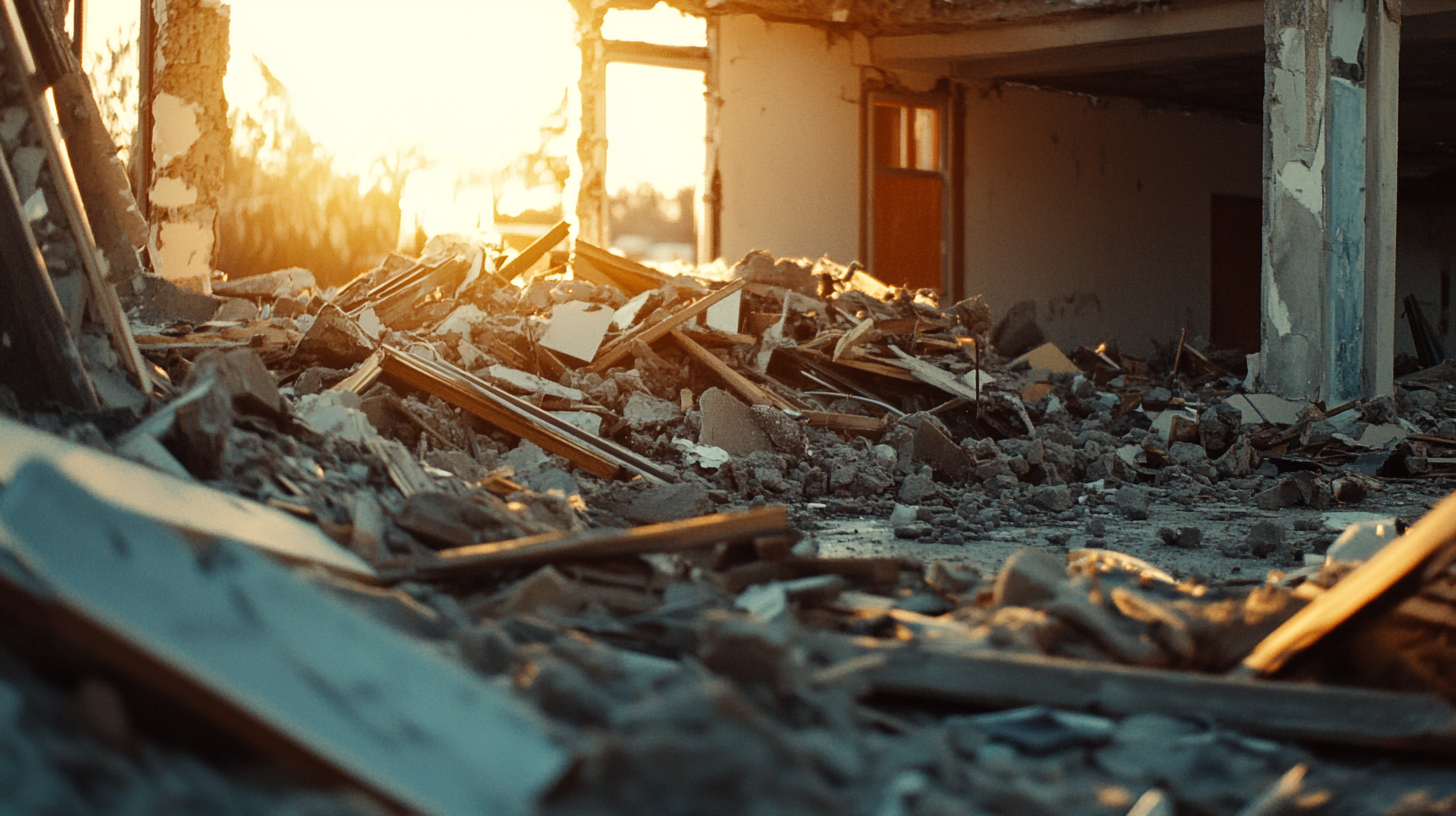
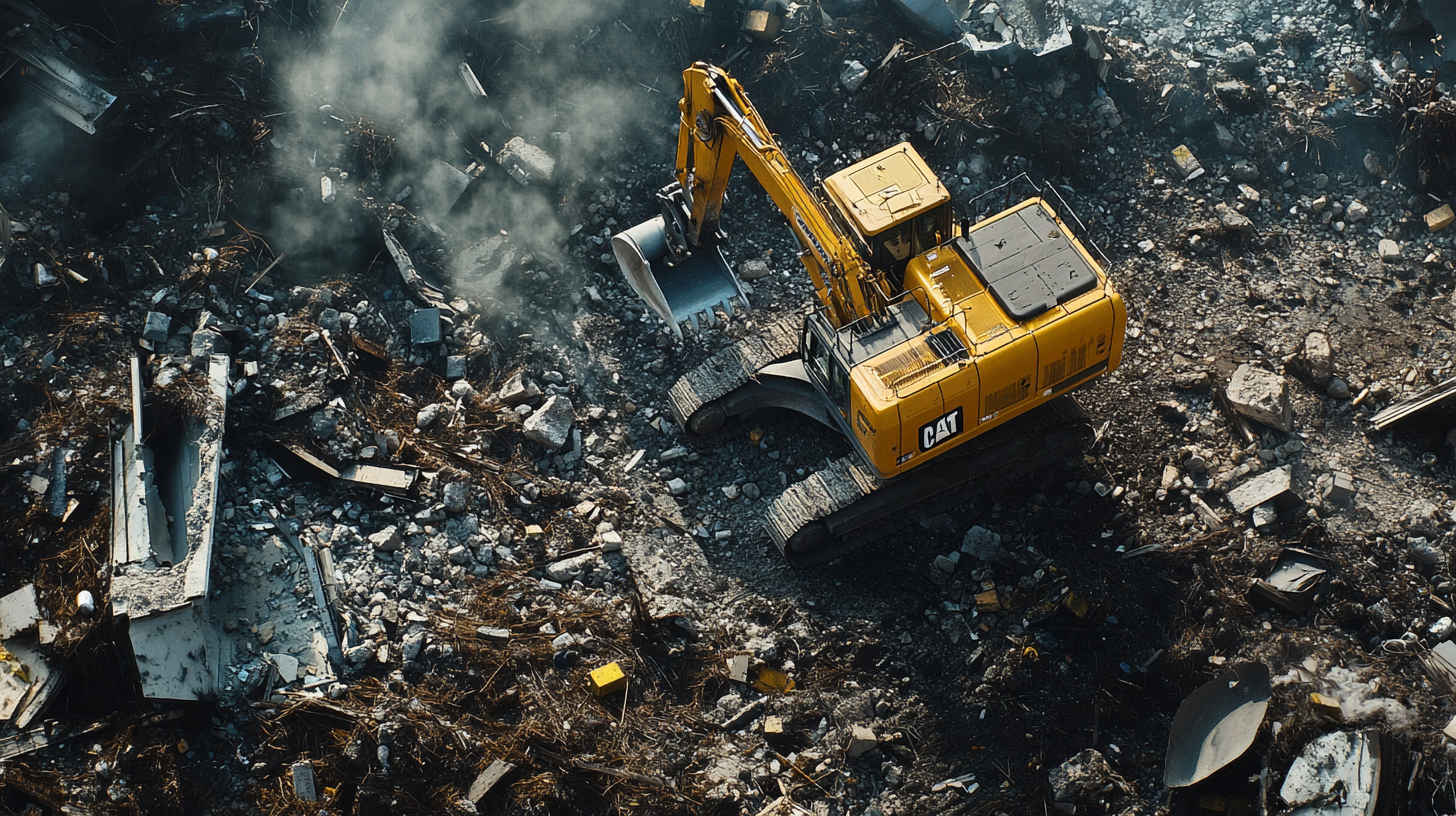
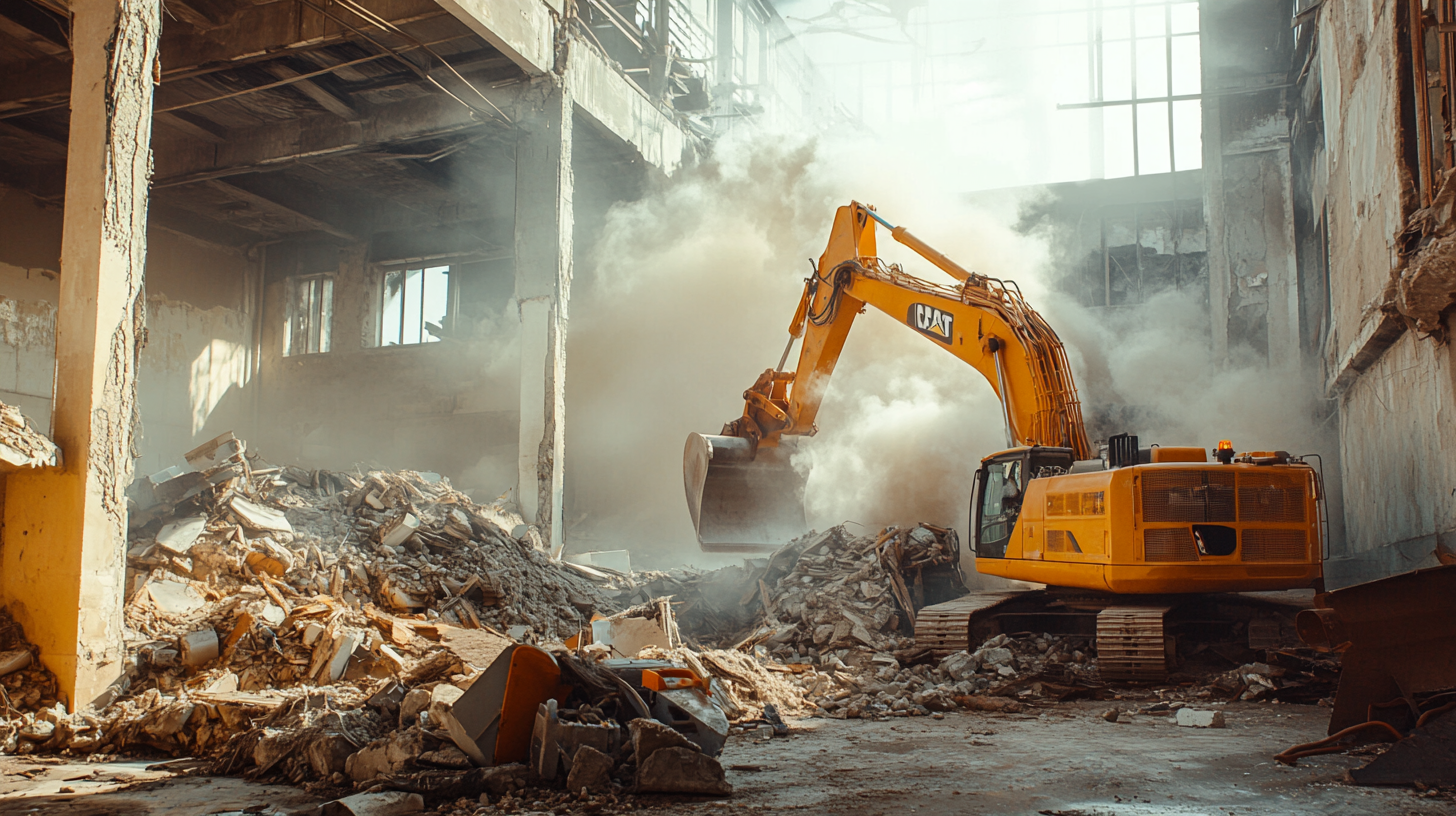
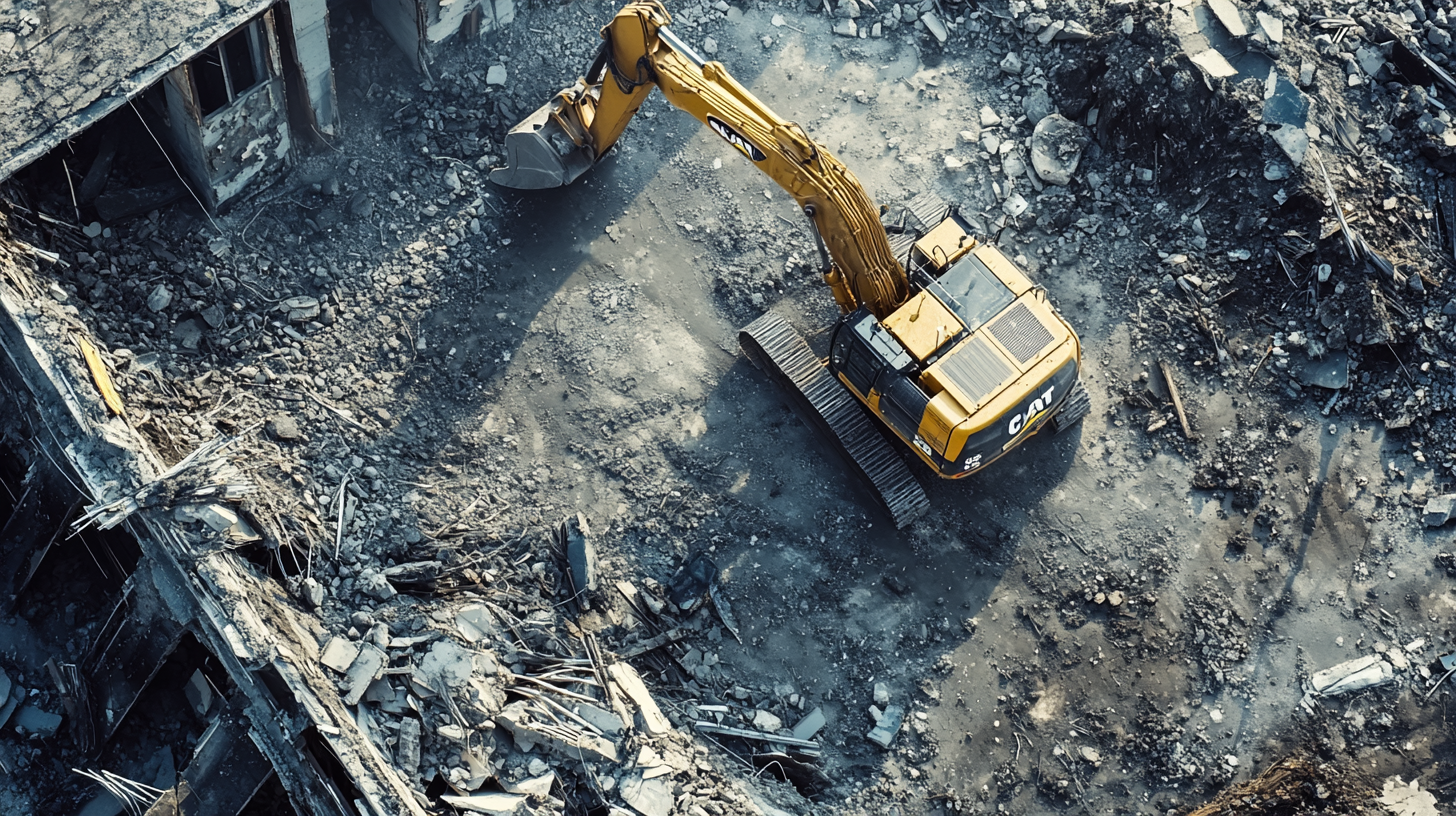
Got a Question? We’re Here to Help.
You can arrange an appointment or make an enquiry by phone or email, orget in touch to us via our contact form.

